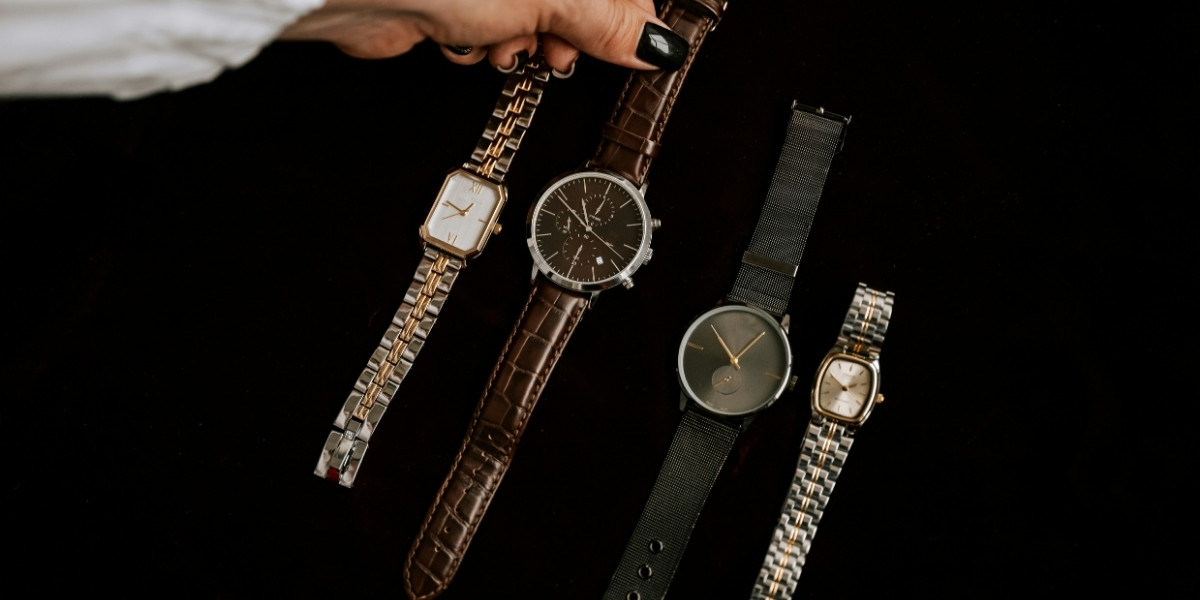For centuries, two names have stood at the very pinnacle of the international art market: Sotheby’s and Christie’s. These two auction houses are not just competitors; they are the architects of the modern art world, shaping tastes, setting prices, and facilitating the transfer of some of the most extraordinary objects ever created. Their rivalry is a defining feature of the industry, a two-century-long battle for market dominance, prestige, and the privilege of selling the world’s most iconic collections. While both houses share a similar core business—connecting sellers with buyers—their histories, specializations, and business models reveal subtle but significant differences that define their unique identities.
Read Also: The Legacy and Thrill of Horse Racing in Kentucky
The history of these two giants is deeply intertwined with the history of the art market itself. Christie’s, founded in 1766 by James Christie, quickly established itself as a hub for art collectors and fashionable society in London. Just a few decades earlier, in 1744, Samuel Baker founded what would become Sotheby’s, initially as a bookseller. While Christie’s was focused on fine art from its inception, Sotheby’s only began to expand its focus on art in the 20th century. This distinct start shaped their early reputations and has influenced their areas of expertise to this day. Today, a collector weighing their options is not just choosing a venue; they are choosing a legacy.
How Do Their Histories and Specializations Differ?
Christie’s and Sotheby’s each have a rich history that has guided their distinct specializations over time. Christie’s, with its fine art origins, has a long-standing reputation for handling works from the European Old Masters, as well as classic and historical collectibles. The firm’s King Street headquarters in London, a fixture for centuries, reflects a more traditional approach to the business, often associated with established collections and historical masterpieces. This focus has given them a deep expertise in areas like European furniture, books, and manuscripts, categories that have been a part of their sales since the beginning. Their reputation for handling landmark private collections has made them a go-to for consignments of the highest historical significance.

Photo Credit: Unsplash.com
Sotheby’s, on the other hand, began as a rare bookseller before expanding its scope. This heritage has given it a unique and enduring strength in the field of rare books and manuscripts, where it is still considered a leading authority. As the company grew and began to focus on fine art in the 20th century, it became known for its modern and contemporary art sales, a specialization that helped it become a major player in the mid-century art boom. Over time, Sotheby’s has also cultivated a strong presence in newer, more diverse collecting categories like sneakers, street art, and even digital art. This forward-looking approach has often led to a perception that Sotheby’s is slightly more dynamic and perhaps more focused on emerging markets, making the choice between the two a question of tradition versus innovation for some collectors.
What Are Their Business Models and Global Presence?
The business models of the two auction houses have diverged significantly over the years, largely due to their ownership structures. Sotheby’s was a publicly traded company for decades, which meant it had a public mandate to disclose its financial results and operate under a certain level of scrutiny. This required the firm to be transparent with its shareholders and, in some ways, made it more sensitive to short-term market fluctuations. However, this changed when a private company acquired Sotheby’s in 2019, taking it off the public market. This move allowed the firm to operate with more long-term flexibility, mirroring its main competitor.
Christie’s, in contrast, has been privately held for a long time, owned by a French luxury-goods magnate. This private ownership structure means the company is not required to publicly disclose its financial results in the same way, giving it more freedom and discretion in its operations, particularly when negotiating with high-value consignors. Both companies operate as global powerhouses with major salerooms in key art hubs like New York, London, Hong Kong, and Paris. They compete intensely for major consignments, often offering extensive services and financial incentives, such as guaranteed minimum prices, to secure the most sought-after collections. This rivalry pushes them both to innovate and expand their services globally, ensuring their continued dominance in the art world.
How Do They Compete for Major Consignments?
The competition for major collections is where the rivalry between the two houses is most visible. When a rare or valuable collection comes to market, both will go to great lengths to secure the consignment. This process often involves a comprehensive pitch that goes far beyond a simple appraisal. The auction houses will present a full marketing plan, detailing how they will exhibit, promote, and sell the collection to a global audience of potential buyers. They will also offer financial terms, which can include a guaranteed minimum price for the seller, ensuring they receive a certain amount for their collection no matter what the final hammer price is.

Photo Credit: Unsplash.com
The ability to secure a major consignment can be a game-changer for either firm, not just for the revenue it generates, but for the prestige it confers. The sale of a world-renowned collection creates a ripple effect, drawing in new clients and reinforcing a house’s position at the top of the market. This intense competition means that sellers of important works have a lot of leverage and are often able to secure a very favorable deal. It is an art in itself, a delicate dance of negotiation and trust that happens behind the scenes, far from the public gaze of the auction room. This fierce rivalry ensures that a collector with a significant piece of fine art has excellent options and services available to them.
What Role Do They Play in Setting Market Trends?
Beyond simply selling art, these two auction houses are central to setting and defining market trends. The prices achieved in their high-profile evening sales serve as a barometer for the health of the art market. When a major work sells for a record-breaking sum, it sends a signal to collectors, dealers, and the public that the market for that particular artist or movement is strong. These sales generate headlines and influence the value of similar works held in private collections around the world. The bidding wars for a famous work are not just a thrilling spectacle; they are a public affirmation of a work’s cultural and financial value.
Read Also: How Designer Fragrances Reflect Art, Craft, and Identity
Both Sotheby’s and Christie’s have also become innovators in the types of objects they bring to auction. They have a history of expanding beyond traditional art, embracing new categories like vintage cars, rare wine and spirits, and luxury handbags. This willingness to adapt to new collecting trends has helped them remain relevant and has expanded the definition of what can be considered a valuable collectible. The competition to be the first to sell a new type of item or to hold a record-breaking sale in a new category is intense. Their ability to attract global audiences, both in-person and through sophisticated online bidding platforms, gives them a unique power to shape the future direction of the art and luxury markets. The choices they make often guide the rest of the industry.






